Field Notes: Craig Ballenger on Shasta Springs Trout Camp
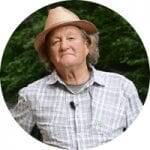 By Craig Ballenger
By Craig Ballenger
Thank you to all who joined us at Shasta Springs Trout Camp this past season. Hikes down to photogenic Mossbrae Falls and the Water Temple remain on everyone’s hit list.
The Water Temple, where guests fill their bottles with unique carbonated water from an 1890’s urn brim full and bubbling from the earth, always turn discussion to the amazing Springs which power the Camp and contribute to the chilly water of the Upper Sacramento.
Water gushing out of the Everett Hill Shield Volcano on the flanks of Mount Shasta, and emerging along the river canyon, reminds me of two buttons someone gave me to wear. One says, “not everyone can live upstream!” The second brings back reality: “Wearing buttons is not enough.”
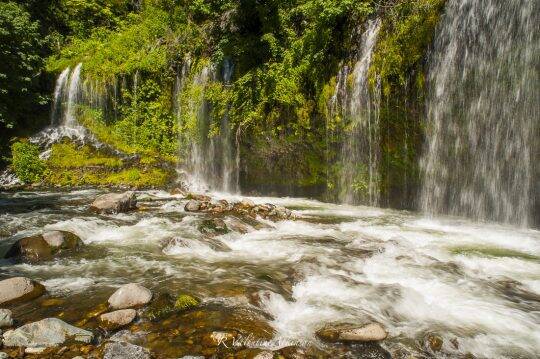
The Upper Sacramento once boasted as many as 17 resorts along it’s banks. Each establishment touted the benefit of the array of minerals in their Springs to rejuvenate guests. This was the era of the mineral spring health movement of the latter 19th century.
Tourists would arrive with their trunks, first by stagecoach, later by the trains, and settle in for the ‘season.’ In addition to the baths, hiking and horseback tours to breathe in the mountain air were combined with the remarkable trouting along the river.
To this day, angling along the beats of the Trout Camp water remains a largely wilderness adventure. Fishing a freestone stream with so many Springs tumbling into river is seldom seen in the American West, reflecting the unique geology of the regions vast Spring water systems. Geologically, this is the effect of such a large mountain, including the States largest glaciers, where all runoff percolates into the soil, later emerging as Springs along the canyon.
The headwaters country of Mount Shasta, it’s fabled rivers and Springs though, reel beneath the impacts of severe drought. We had the dubious distinction of making the Washington Post in a piece describing the Mountain, visible to travelers along the I-5 corridor, as the most bereft of snow on record.
A junket to the Trout Camp though, where occasionally leaving the tap on at our outdoor sink confuses guests, is revealing. “How can you waste all of this water?” Truth is, we are just borrowing, it funnels back into the Spring fed creek behind the kitchen.
To each of our visitors this past season, a visit to the Trout Camp harkens back to an era long gone along the river. A postcard glimpse into a historic landscape, a geologic anomaly, and a river of wild trout.
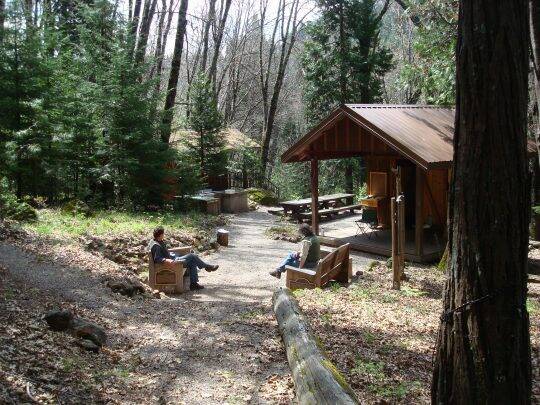
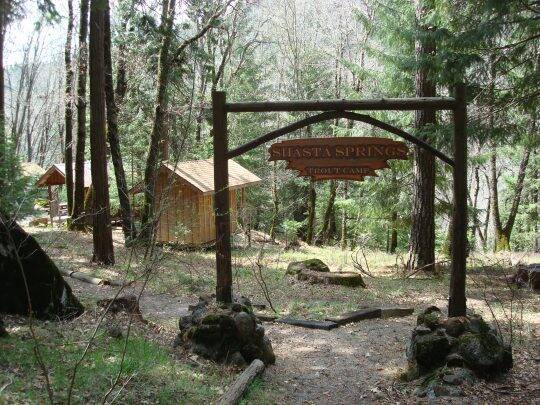
Our Shasta Springs Trout Camp welcomes many CalTrout guests over the bonafide trout season. If you’re interested in 2022 bookings, reach out to Ashley, awhite@caltrout.org.
Cover photo by Val Atkinson.


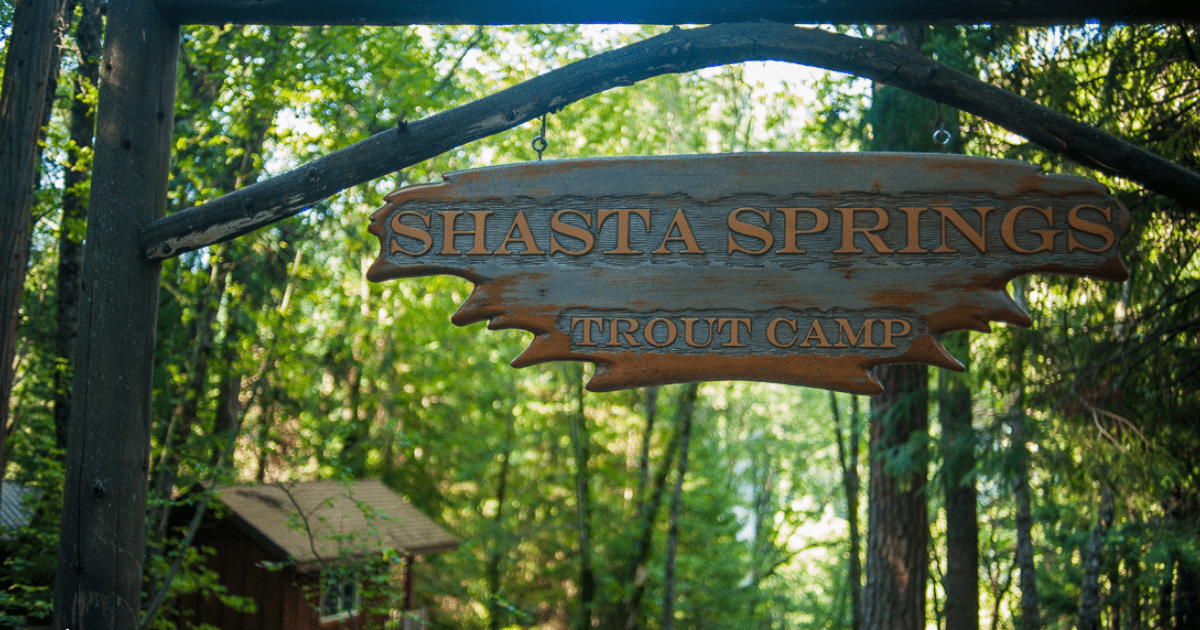



1 Comment
Greetings! I’m organizing a small group of college buddies for a flyfishing trip in October, 2022. We’re all just turned 60 and looking to start a new tradition around fishing. Some in my group of 4-5 people are novice fisherman. Looking for a good lodge in Shasta area perhaps with gear and guide. Any recommendations? Thanks